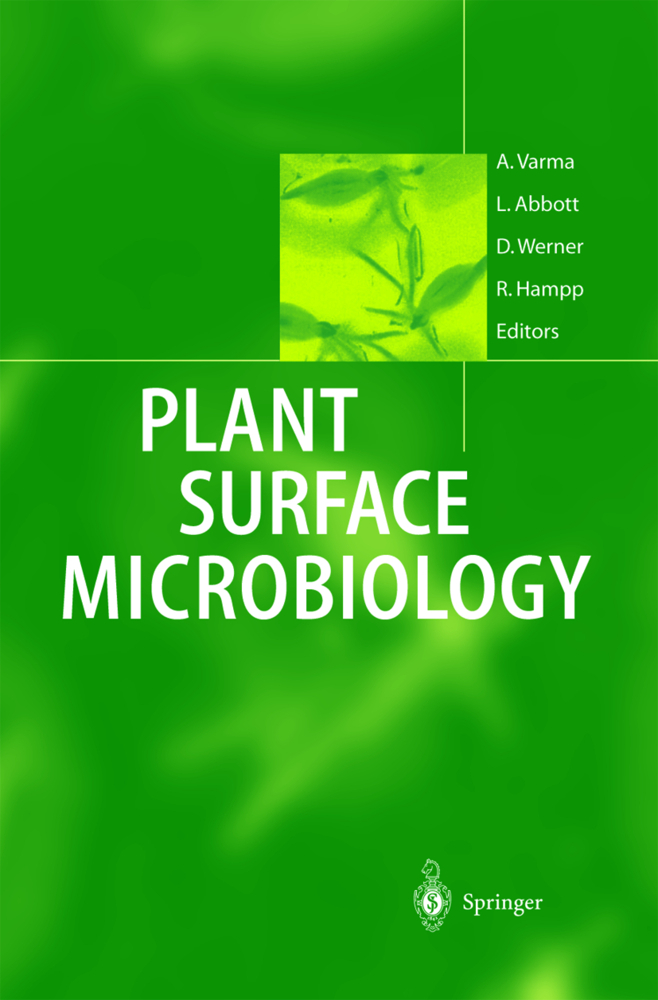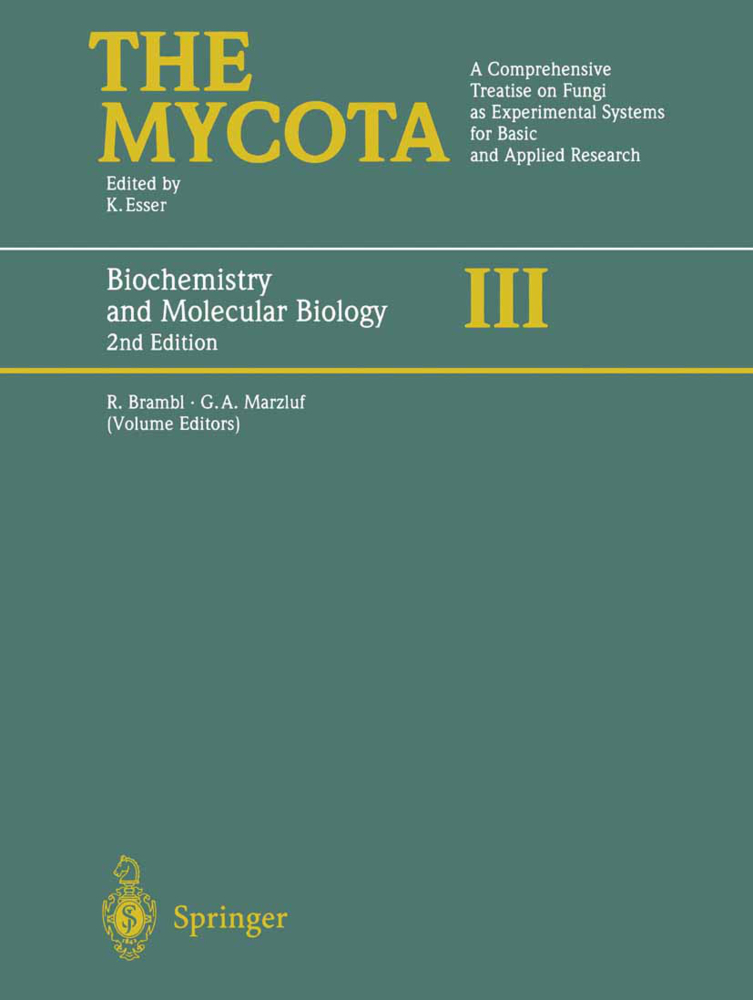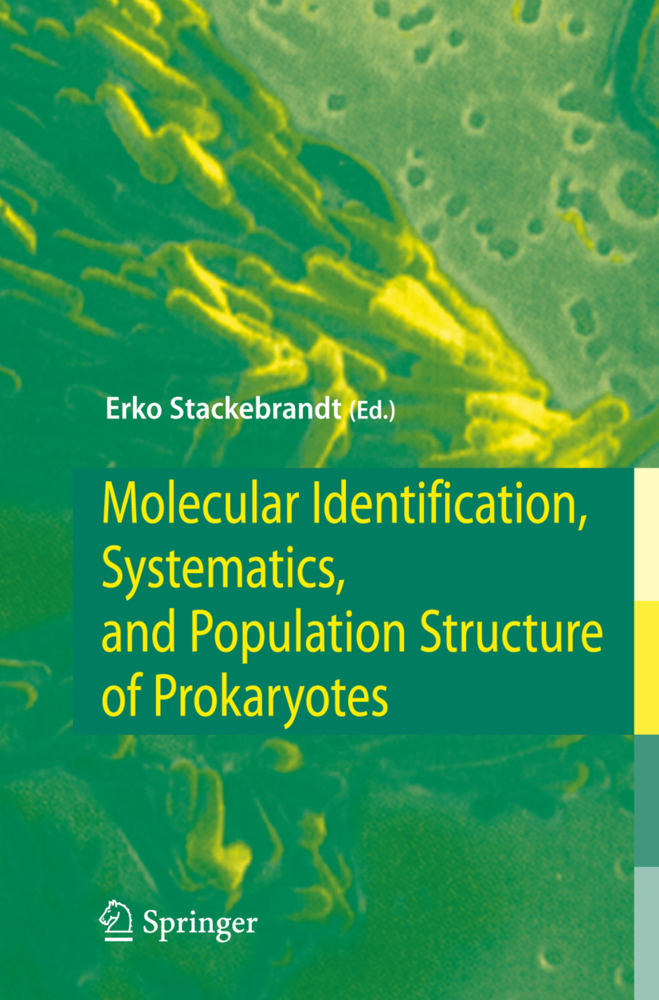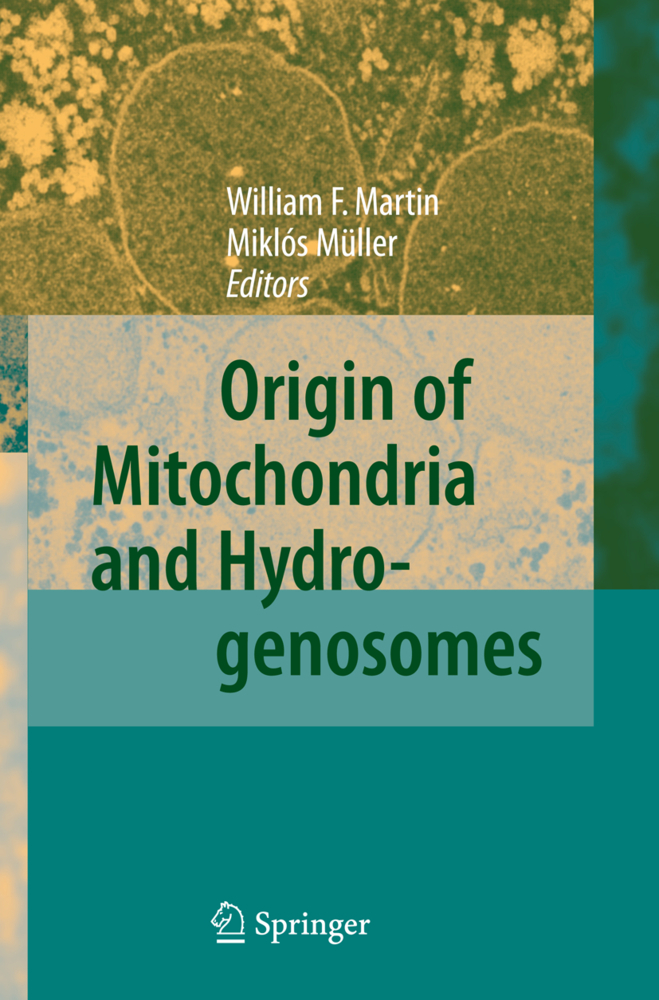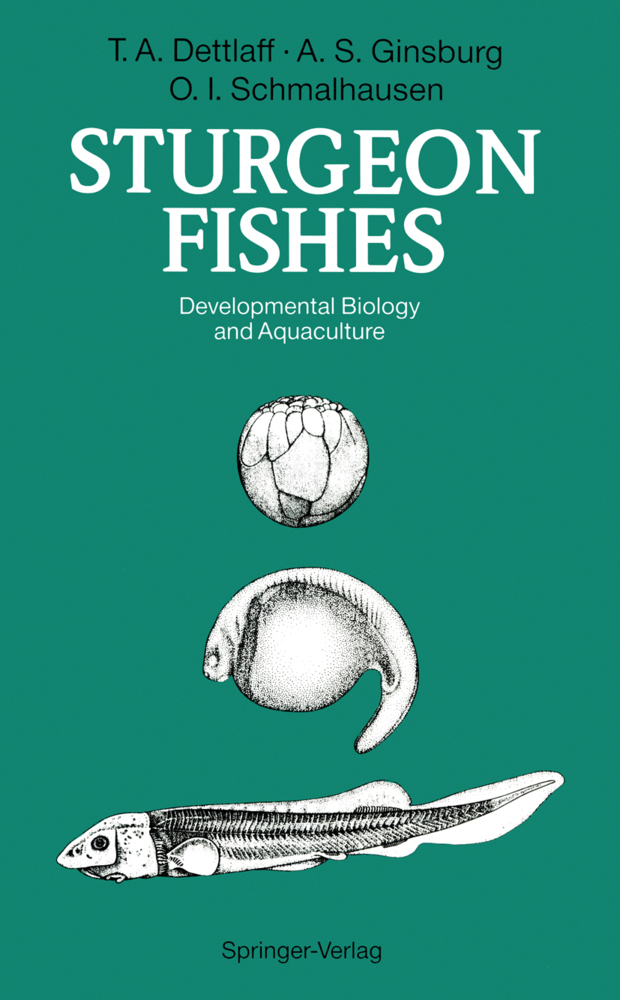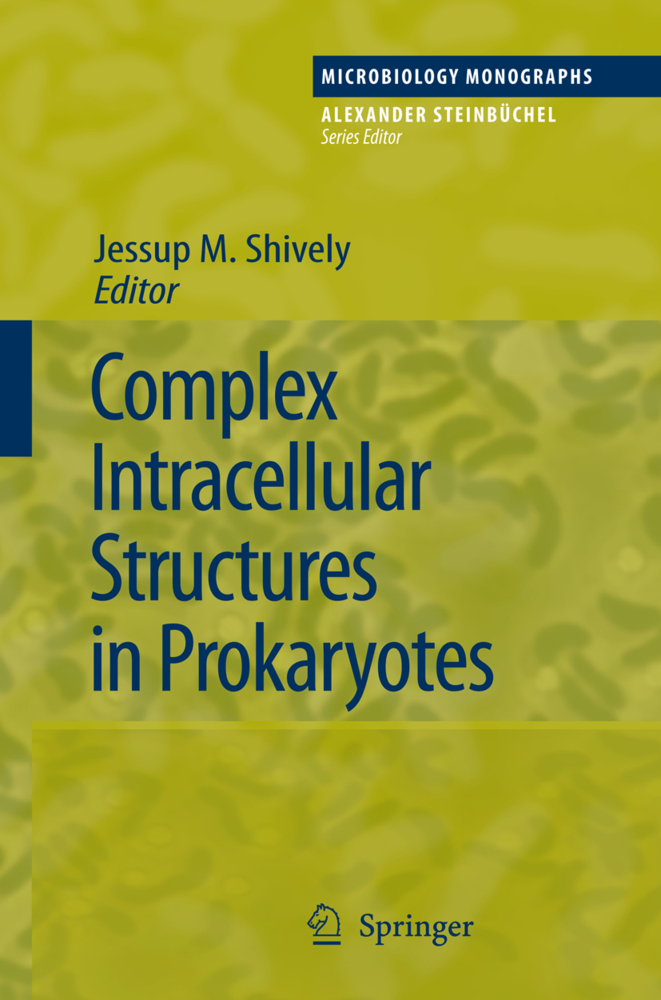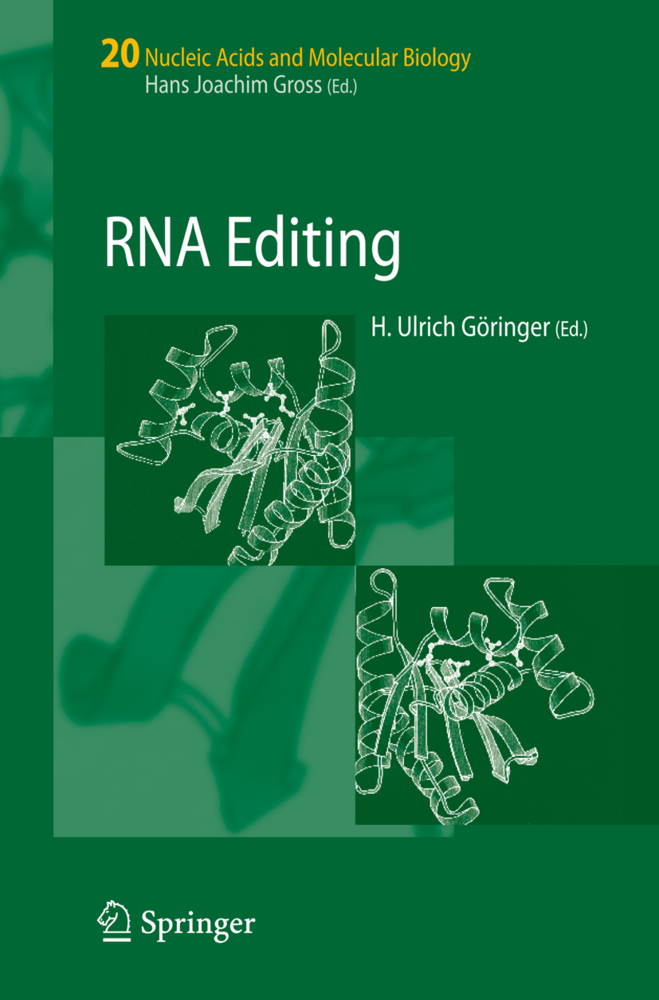Plant Surface Microbiology
Plant Surface Microbiology
Most plants rely on the co-existence with microorganisms: both groups benefit from these symbioses. It has been shown that a large number of specific genes in plants and microorganisms are only activated during these interactions. Of course, various microbes also act as pathogens.
Interactions between plants and microorganisms are often located on plant surfaces, such as leaf cuticles, seeds and mainly on the roots. The communication between plants and microbes is the main topic treated in "Plant Surface Microbiology", such as the signaling within a symbiosis, the molecular differences between symbiotic and pathogenic microorganisms, the role of microorganisms in the development of plants or in plant protection against deleterious agents. Further contributions are devoted to: the analysis of bacterial communities in the rhizosphere; microbial population genetics; aspects of mycorrhizal symbiosis; functional genomic approaches and the use of microorganisms as bio-indicator of soil disturbance.
Section A
The State of the ArtRoot Colonisation Following Seed Inoculation
Methanogenic Microbial Communities Associated with Aquatic Plants
Role of Functional Groups of Microorganisms on the Rhizosphere Microcosm Dynamics
Diversity and Functions of Soil Microflora in Development of Plants
Signalling in the Rhizobia-Legumes Symbiosis
Section B
The Functional Groups of Micro-organisms Used as Bio-indicator on Soil Disturbance Caused by Biotech Products such as Bacillus thuringiensis and Bt Transgenic Plants
The Use of ACC Deaminase-Containing Plant Growth-Promoting Bacteria to Protect Plants Against the Deleterious Effects of Ethylene
Interactions Between Epiphyllic Microorganisms and Leaf Cuticles
Developmental Interactions Between Clavicipitaleans and Their Host Plants
Interactions of Microbes with Genetically Modified Plants
Section C
Interaction Between Soil Bacteria and Ectomycorrhiza-Forming Fungi
The Surface of Ectomycorrhizal Roots and the Interaction with Ectomycorrhizal Fungi
Cellular Ustilaginomycete-Plant Interactions
Interaction of Piriformospora indica with Diverse Microorganisms and Plants
Cellular Basidiomycete-Fungus Interactions
Section D
Fungal Endophytes
Mycorrhizal Development and Cytoskeleton
Functional Diversity of Arbuscular Mycorrhizal Fungi on Root Surfaces
Mycorrhizal Fungi and Plant Growth Promoting Rhizobacteria
Carbohydrates and Nitrogen: Nutrients and Signals in Ectomycorrhizas
Nitrogen Transport and Metabolism in Mycorrhizal Fungi and Mycorrhizas
Section E
Visualisation of Rhizosphere Interactions of Pseudomonas and Bacillus Biocontrol Strains
Microbial Community Analysis in the Rhizosphere by in Situ and ex Situ Application of Molecular Probing, Biomarker and CultivationTechniques
Methods for Analysing the Interactions Between Epiphyllic Microorganisms and Leaf Cuticles
Quantifying the Impact of ACC Deaminase-Containing Bacteria on Plants
Applications of Quantitative Microscopy in Studies of Plant Surface Microbiology
Analysis of Microbial Population Genetics
Functional Genomic Approaches for Studies of Mycorrhizal Symbiosis
Axenic Culture of Symbiotic Fungus Piriformospora indica.
Varma, Ajit
Abbott, Lynette
Werner, Dietrich
Hampp, Rüdiger
| ISBN | 978-3-540-00923-8 |
|---|---|
| Artikelnummer | 9783540009238 |
| Medientyp | Buch |
| Copyrightjahr | 2004 |
| Verlag | Springer, Berlin |
| Umfang | XXXI, 632 Seiten |
| Abbildungen | XXXI, 632 p. |
| Sprache | Englisch |

